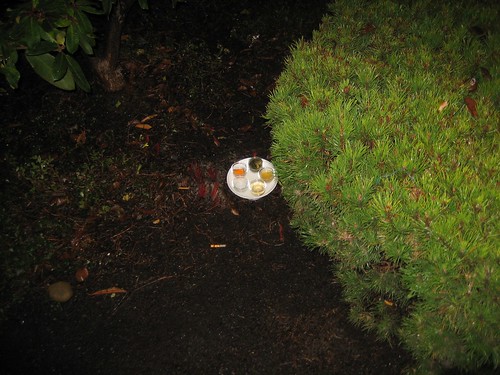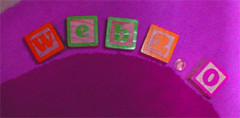I just finished reading Jill Bolte Taylor's book, My Stroke of Insight, in which she writes about her stroke and recovery. Taylor is a neuroanatomist, who had a major stroke that took her eight years to recover from. Her stroke gave her a remarkable insight, "This is so cool. How many brain scientists have the opportunity to study their own brain from the inside out?" She recently gave a eighteen minute talk at the TED conference that was considered the best talk at the conference:
Her stroke damaged a large portion of her left hemisphere. During her recovery, she makes an interesting observation in trying to regain her reading and writing skills:
"Although I failed miserably at reading and writing with a pen (left hemisphere/right hand), I could sit at my computer and type a simple letter (both hemispheres/both hands) that followed my stream of thought."
During the early part of her recovery she discovered that typing allowed "cross-talk" between her two brain hemispheres, which gave her the ability to communicate with the written word. Whereas writing placed too much load on her left-hemisphere, which caused her to fail. Later, she was able to gain the ability to write, thanks to the great plasticity of the brain -- through training, other parts of her brain took over the duties of her damaged parts. As a Time Magazine article noted:
Indeed, the brain abhors a vacuum, observes neuroscientist Dr. Vilayanur Ramachandran of the University of California at San Diego; it craves information, and when it can't come by the data honestly, it does the best it can with what it has.
So perhaps the real question to be asking is not should touch typing be taught in schools rather than cursive writing; but how do we teach both skills? Taylor's observation seems to imply that writing allows the linear self to take over so one can best organize thoughts, whereas typing allows a more creative self by using a larger part of the right-hemisphere. Thus, are the abilities to type and write secondary skills, while the more important skills to be gained from these two acts of learning are the abilities to think both logically and creatively?
Clifford Stoll is a scientist who is perhaps best known for catching a spy hacking into his school's network (The Cuckoo's Egg) and his belief that computers should not play a big part in schools: High-Tech Heretic: Reflections of a Computer Contrarian. A lot of people disagree with Stoll's views on computer literacy in schools, however, even if you disagree with him, you have to admire him. While most of us simply talk-the-talk on the subject, Stoll actually walks-the-talk by going into schools and teaching science as shown in this TED conference video (considered one of the best talks at the 2006 conference):
As Stoll shows, schools should be about learning a variety of things that stretch the plasticity of the mind to its limits -- the power of curiosity is the real heart of science. Writing, typing, and science are acts that allow us to turn information into memes, which is perhaps our true calling.






